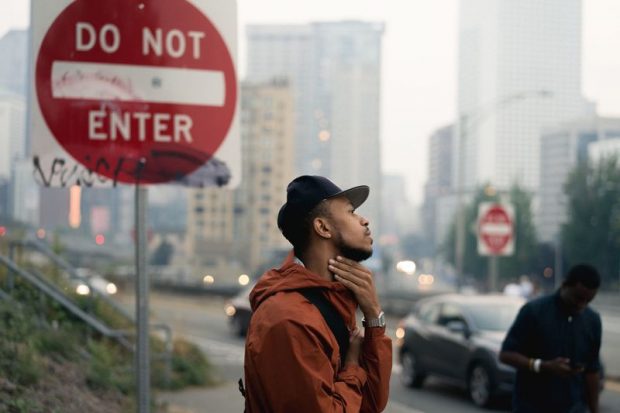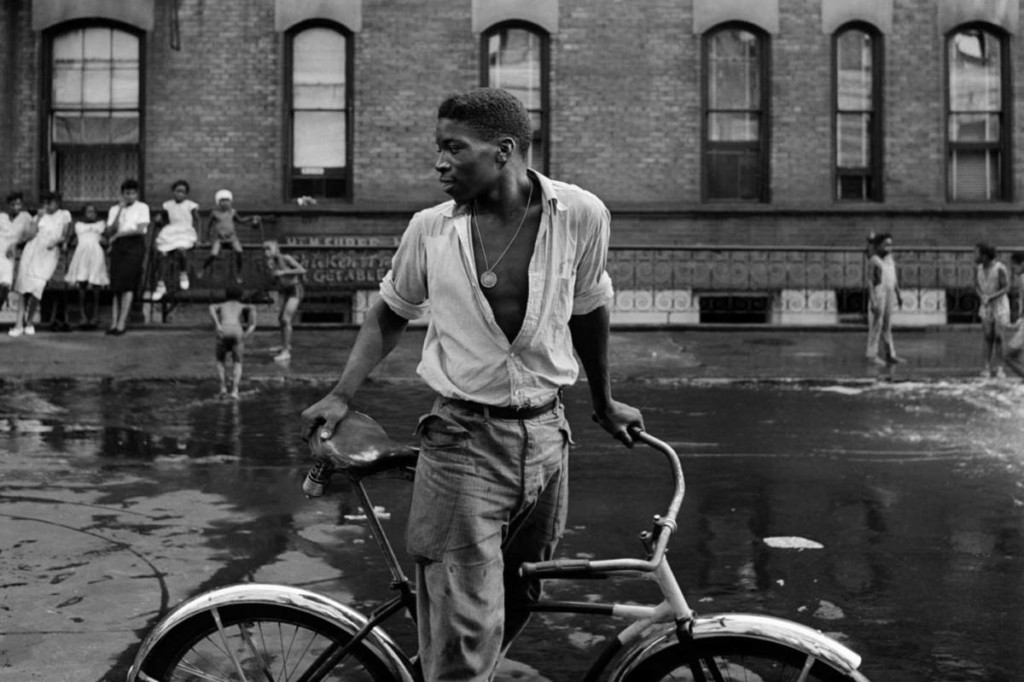The Best Guide To Framing Streets
The Best Guide To Framing Streets
Blog Article
A Biased View of Framing Streets
Table of ContentsFraming Streets - The Facts3 Easy Facts About Framing Streets ExplainedAn Unbiased View of Framing Streets5 Easy Facts About Framing Streets DescribedThe Only Guide to Framing Streets3 Simple Techniques For Framing Streets
Photography genre "Crufts Pet Program 1968" by Tony Ray-Jones Street photography (also in some cases called candid digital photography) is digital photography carried out for art or query that features unmediated chance experiences and random incidents within public areas, normally with the objective of capturing images at a decisive or poignant minute by mindful framework and timing. 
His boots and legs were well specified, yet he is without body or head, since these were in activity." Charles Ngre, waterseller Charles Ngre. https://www.openstreetmap.org/user/framingstreets1 was the initial digital photographer to acquire the technological class needed to sign up people in motion on the street in Paris in 1851. Photographer John Thomson, a Scotsman dealing with journalist and social protestor Adolphe Smith, released Road Life in London in twelve month-to-month installments beginning in February 1877
Top Guidelines Of Framing Streets
Eugene Atget is concerned as a progenitor, not since he was the initial of his kind, yet as a result of the popularisation in the late 1920s of his record of Parisian roads by Berenice Abbott, that was motivated to undertake a similar documentation of New York City. [] As the city established, Atget aided to promote Parisian roads as a worthy topic for photography.

Some Known Factual Statements About Framing Streets
The principal Mass-Observationists were anthropologist Tom Harrisson in Bolton and poet Charles Madge in London, and their first report was produced as the book "May the Twelfth: Mass-Observation Day-Surveys 1937 by over 2 hundred observers" [] Window cleaner at Kottbusser Tor, Berlin, by Elsa Thiemann c. 1946 The post-war French Humanist College professional photographers discovered their topics on the street or in the restaurant. In between 1946 and 1957 Le Groupe des XV yearly showed job of this kind. Andre Kertesz. Circus, Budapest, 19 May 1920 Street photography formed the major web content of 2 exhibitions at the Museum of Modern Art (Mo, MA) in New York curated by Edward Steichen, Five French Professional Photographers: Brassai; Cartier-Bresson, Doisneau, Ronis, Izis in 1951 to 1952, and Post-war European Digital Photography in 1953, which exported the principle of road digital photography internationally.

Framing Streets Fundamentals Explained
, after that an educator of young youngsters, connected with Evans in 193839.'s 1958 publication,, was considerable; raw and frequently out of focus, Frank's pictures questioned conventional digital photography of the time, "tested all the official rules laid down by Henri Cartier-Bresson and Pedestrian Evans" and "flew in the face of the wholesome pictorialism and genuine photojournalism of American magazines like LIFE and Time".
Report this page